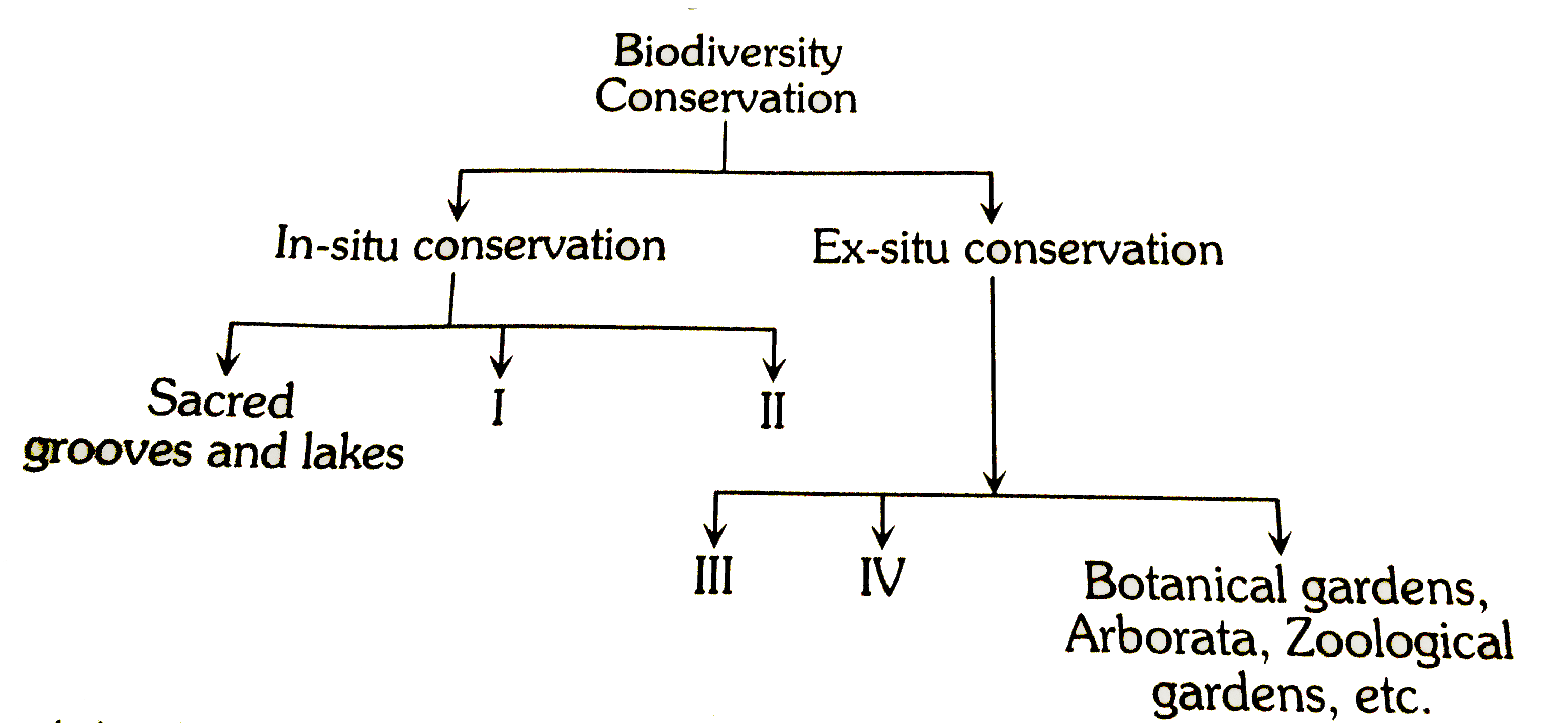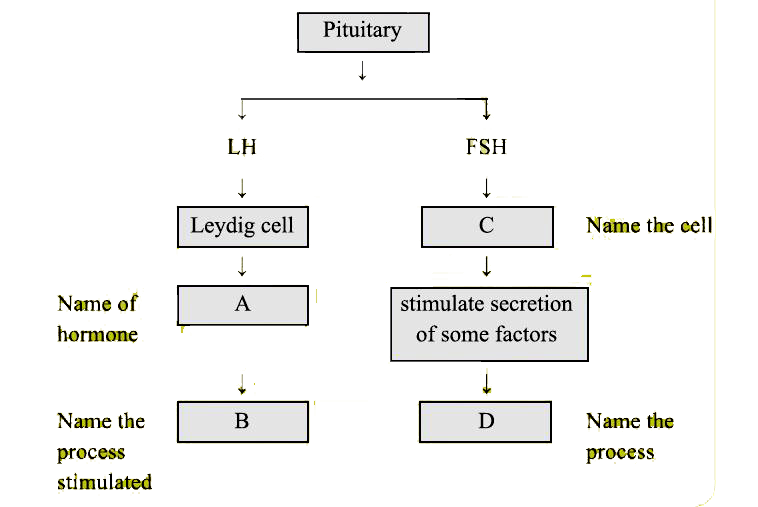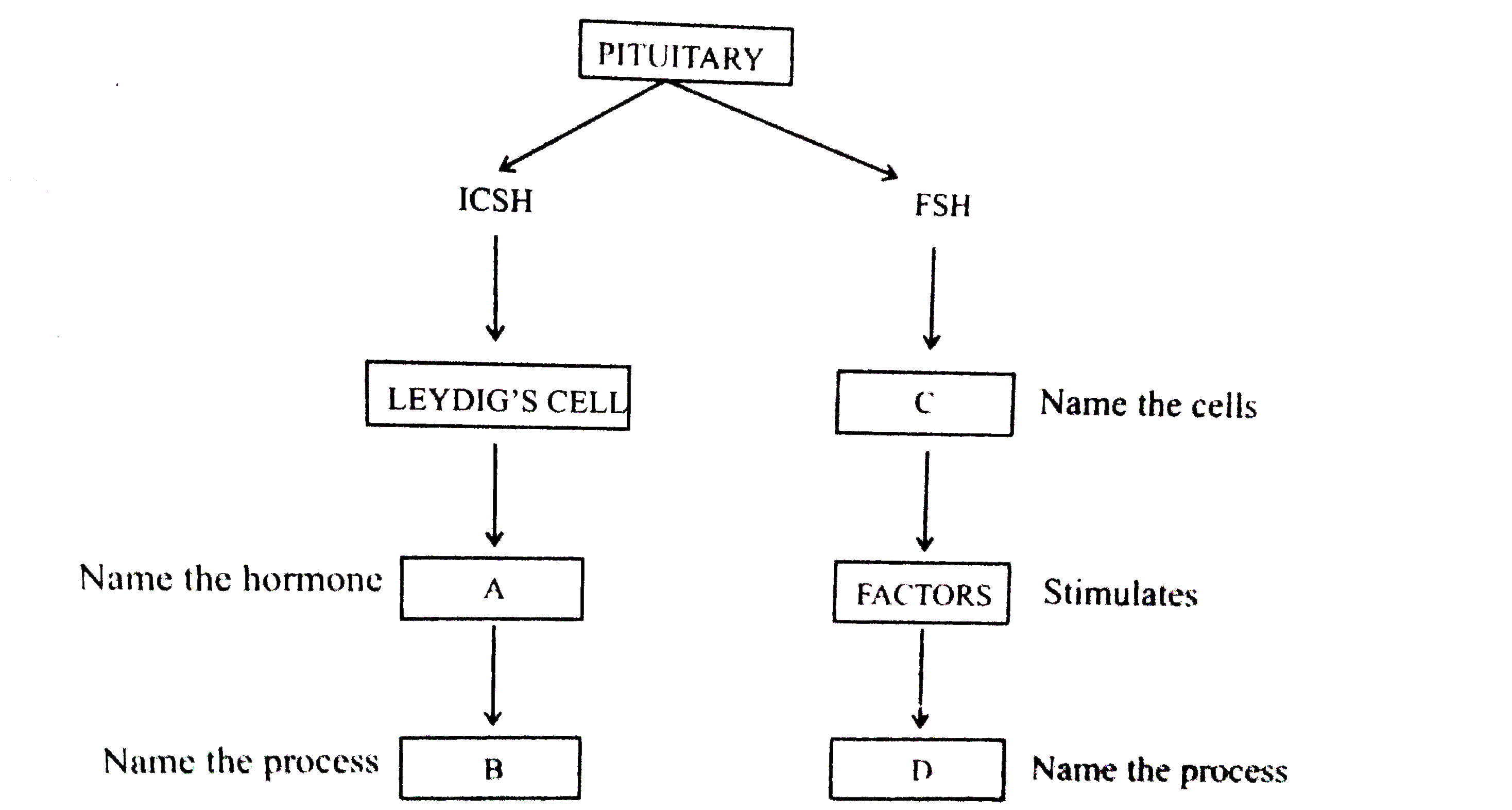The following is a incomplete flow chart depicting in - situ and ex-situ approaches of conserving biodiversity. Critically study and fill in the blanks I, II, III and IV 
I - Biosphere reserves, II - Sacred plants, Home gardens, III - National parks and wildlife sanctuaries, IV - Seed banks, field gene banks, cryopreservation etc
I - Biosphere reserves, II - Seed banks, field gene banks, cryopreservation, III - Sacred plants, Home gardens, IV - National parks and wildlife sanctuaries etc
I - Sacred plants, Home gardens, II - National parks and wildlife sanctuaries, III - Biosphere reserves, IV - Seed banks, field gene banks, cryoreservation etc
I - Biosphere reserves, II - National parks and wildlife sanctuaries, III - Sacred plants, Home gardens, IV - Seed banks, field gene banks, cryopreservation etc
The correct Answer is:D
Step by step video, text & image solution for The following is a incomplete flow chart depicting in - situ and ex-situ approaches of conserving biodiversity. Critically study and fill in the blanks I, II, III and IV by Biology experts to help you in doubts & scoring excellent marks in Class 12 exams.
Updated on:21/07/2023Topper's Solved these Questions
- ANIMAL HUSBANDRYBOOK - ERRORLESS CHAPTER - ANIMAL HUSBANDRYEXERCISE - Animal Husbandry
242 Videos
- BIOENERGY, BIOFERTILIZERS AND BIOLOGICAL PEST CONTROLBOOK - ERRORLESS CHAPTER - BIOENERGY, BIOFERTILIZERS AND BIOLOGICAL PEST CONTROLEXERCISE - Bioenergy, Biofertilizers And Biological Pest Control
131 Videos
Similar Questions
Knowledge Check
The following is a incomplete flow chart depicting in - situ and ex-situ approaches of conserving biodiversity. Critically study and fill in the blanks I, II, III and IV
 AI - Biosphere reserves, II - National parks and wildlife sanctuaries, III - Sacred plants, Home gardens, IV - Seed banks, field gene banks, cryopreservation, etc.BI - Sacred plants, Home gardens, II - National parks and wildlife sanctuaries, III - Biosphere reserves, IV - Seed banks, field gene banks, cryopreservation, etC.CI - Biosphere reserves, II - Seed banks, field gene banks, cryopreservation, etc., III - Sacred plants, Home gardens, IV - National parks and wildlife sanctuaries.DI - Biosphere reserves, II - Sacred plants, Home gardens, III - National parks and wildlife sanctuaries, IV - Seed-banks, field gene banks, cryopreservation, etc.
AI - Biosphere reserves, II - National parks and wildlife sanctuaries, III - Sacred plants, Home gardens, IV - Seed banks, field gene banks, cryopreservation, etc.BI - Sacred plants, Home gardens, II - National parks and wildlife sanctuaries, III - Biosphere reserves, IV - Seed banks, field gene banks, cryopreservation, etC.CI - Biosphere reserves, II - Seed banks, field gene banks, cryopreservation, etc., III - Sacred plants, Home gardens, IV - National parks and wildlife sanctuaries.DI - Biosphere reserves, II - Sacred plants, Home gardens, III - National parks and wildlife sanctuaries, IV - Seed-banks, field gene banks, cryopreservation, etc.Given below are pie diagrams A, B and C related to proportionate number of species of major taxa of invertebrates, vartebrates and plants respectively. Critically study and fill in the blanks (a), (b), (c ) and (d).
 AI - Molluscs, II - Amphibians, III - Fungi, IV - AngiospermsBI - Molluscs, II - Amphibians, III - Angiosperms, IV - FungiCI - Hexapoda, II - Amphibians, III - Fungi, IV - AngiospermsDI - Turtles, II - Amphibians, III - Fungi, IV - Angiosperms
AI - Molluscs, II - Amphibians, III - Fungi, IV - AngiospermsBI - Molluscs, II - Amphibians, III - Angiosperms, IV - FungiCI - Hexapoda, II - Amphibians, III - Fungi, IV - AngiospermsDI - Turtles, II - Amphibians, III - Fungi, IV - AngiospermsWhich one of the following methods does not fall under ex situ conservation of biodiversity?
ACryopreservationBIn vitro cultureCGene BankDBiosphere reserves
List six advantages of "ex-situ" approach to conservation of biodiversity.
View SolutionDifferentiate between in-situ and ex-situ approaches for conserving biodiversity. Give an example for each.
View SolutionGiven below is an incomplete flow chart showing formation of gamete in angiospermic plant. Observe the flow chart carefully and fill in the blank A, B, C and D.

View SolutionGiven below is an incomplete flow chart showing influence of hormone on gametogenesis in male, observe the flow chart carefully and fill in the blank A, B, C and D.

View SolutionGiven below is an incomplete flow chart showing influence of hormones on gametogenesis in males. Observe the flow chart carefully and fill in the blanks A,B,C and D.

View Solution
